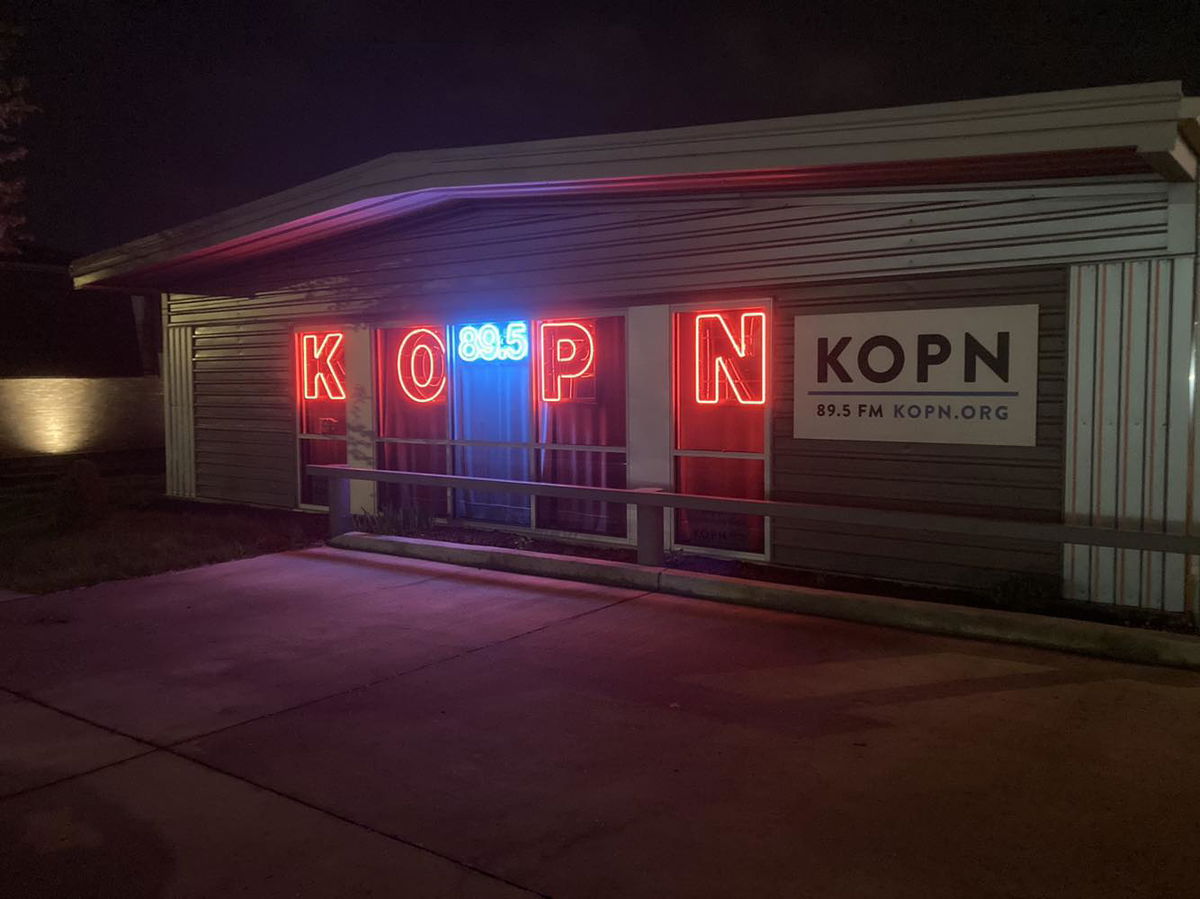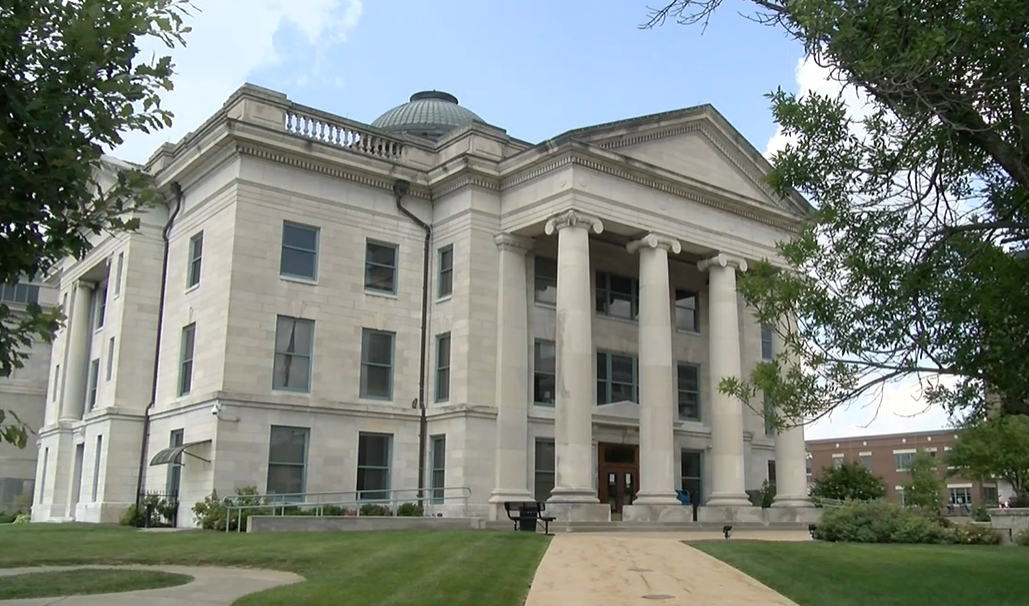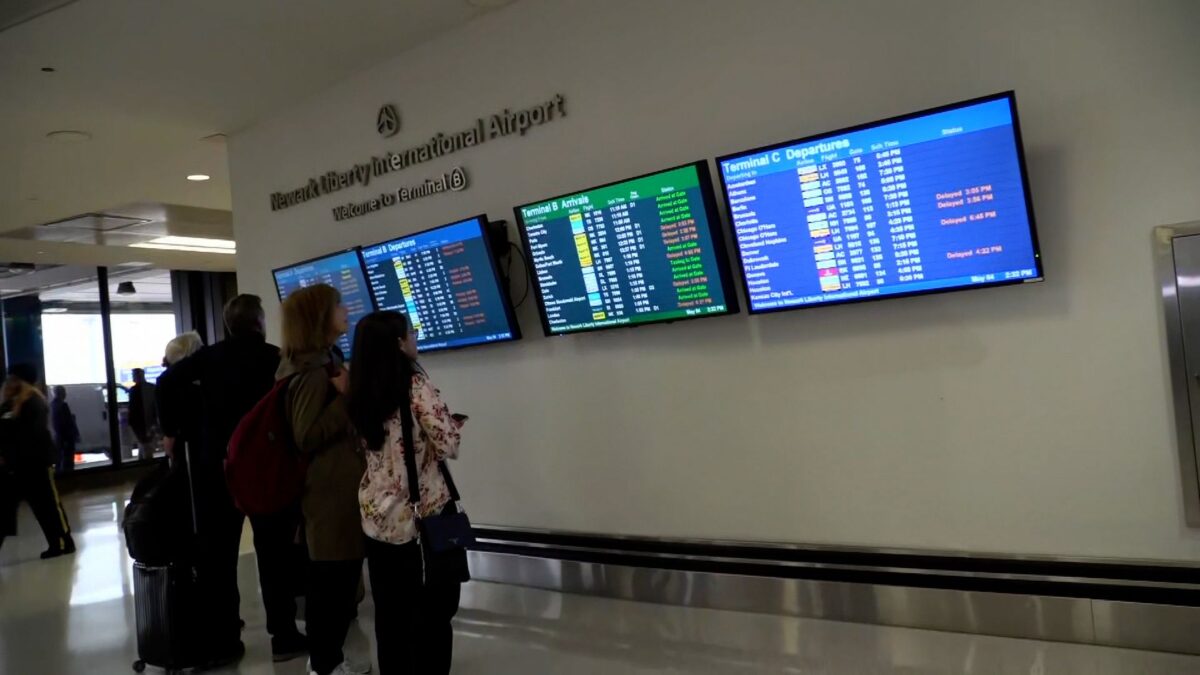CNN Newsource
By Lauren Mascarenhas, Pete Muntean and Rene Marsh, CNN
(CNN) — More than a week of delays at Newark Liberty International Airport in New Jersey were caused after air traffic controllers lost communication with aircraft they were supposed to be controlling, and as a result took leave government employees use after experiencing traumatic situations.
The controllers in Philadelphia Terminal Radar Approach Control, which coordinates planes arriving at Newark, “temporarily lost radar and communications with the aircraft under their control, unable to see, hear, or talk to them,†on Monday April 28, the National Air Traffic Controllers Association said in a statement shared with CNN.
The connectivity between Federal Aviation Administration radar and the frequencies that air traffic controllers use to manage planes flying in and out of the airport “completely failed,†a source with knowledge of the situation said.
At least five FAA employees took 45 days of leave as a result of the incident, sources tell CNN.
On Monday, the FAA acknowledged that the agency’s “antiquated air traffic control system†is affecting its workforce.
“Some controllers at the Philadelphia TRACON who work Newark arrivals and departures have taken time off to recover from the stress of multiple recent outages,†the FAA said in a statement.
The FAA also said it is updating its automated system to be more resilient and is working to safeguard telecommunications equipment in the New York area.
The staffing delays have pushed into an eighth, and unprecedented day.
“While we cannot quickly replace them due to this highly specialized profession, we continue to train controllers who will eventually be assigned to this busy airspace,†the FAA said.
By Monday afternoon, more than 150 flights into or out of the airport were canceled, with more than 250 flights delayed, according to the flight tracking website FlightAware.
The FAA issued a brief ground stop at Newark Airport early Monday morning due to low cloud cover, which has since been lifted, but the agency is still forecasting nearly four-hour delays for inbound flights.
The FAA has indicated it expects more delays at the airport Monday due to the air traffic control staffing issues.
The nationwide air traffic controller staffing shortage was compounded by over 20% of FAA controllers who “walked off the job†at Newark Airport, according to a statement Friday by United Airlines CEO Scott Kirby.
The comments angered some in the aviation community.
“The controllers did not “walk off the job†as it has been reported by the media,†the controller’s union responded Monday. “Due to the event, the controllers took absence under the Federal Employees Compensation Act. This program covers all federal employees that are physically injured or experience a traumatic event on the job.â€
“The controllers didn’t just walk off the job they were traumatized, their equipment failed,†the source with knowledge of the situation said. “It’s written in the regulations if they experience a traumatic event —they can take time off to go see psychiatrist.. the people working that day did that.â€
On Monday, Canadian travelers Greg Marszalek and Stephen Lance were grounded at Newark Airport by multiple delays on their way home from celebrating their fortieth birthdays in Manhattan.
After two flight delays before early afternoon, they told CNN’s Brynn Gingras they might forgo air travel altogether if they face another.
“We can rent a car and just drive up to the border. Ottawa’s pretty close to the border,†Marszalek said.
Peter Goelz, former managing director of the National Transportation Safety Board, said the situation at Newark airport is “ridiculous.â€
“We have a very safe system, but anytime it’s stressed like this, where you have controllers who are feeling under maximum pressure, it impacts safety – and people have a right to be concerned,†Goelz told CNN.
“I’m not sure I’d want to fly out of Newark over the next week or 10 days. I might choose an alternate route, because you cannot expect humans to function at their highest level for sustained periods of time with this kind of pressure on them,†he added.
Sen. Chuck Schumer, from New York, said Monday he directed the Department of Transportation’s Office of Inspector General to look into the issues at Newark before they extend across the nation.
“The chaos at Newark could very well be a harbinger if issues like these aren’t fixed, and if the FAA can’t get real solutions off the ground,†Schumer said.
Schumer cited firings at the FAA due to cuts by the Trump administration and said the agency has had little response to his concerns.
“We’re here because the FAA is really a mess. This mess needs a real forensic look, a deep look into it,†Schumer said, adding that Newark’s air traffic controllers have long warned the FAA of problems at the airport.
Old technology is another reason for the airport’s recent obstacles, according to Schumer, who cited burnt copper wiring as an example.
“Why are we using copper wire in 2025? Have they heard of fiber?,†Schumer said.
About 225 flights into or out of Newark Airport were canceled over the weekend, with more than 950 flights delayed, according to FlightAware.
Multiple factors have come together to create a nightmare travel week at the airport, including an air traffic controller shortage, a walk-off by air traffic controllers last week, runway closures and outdated equipment.
Many of the affected flights have been through United Airlines. Kirby addressed the challenges in a statement Friday.
The control facility responsible for traffic at Newark has been “chronically understaffed for years,†Kirby said.
Kirby also said technology used by FAA air traffic controllers to manage planes coming in and out of Newark failed on multiple occasions last week, resulting in delays and cancelations that left thousands of customers with disrupted travel plans.
Secretary of Transportation Sean Duffy said Friday the outdated air traffic control system used by the airport contributed to the delays, pledging to implement a new system – one that could take three to four years to get working.
The-CNN-Wire™ & © 2025 Cable News Network, Inc., a Warner Bros. Discovery Company. All rights reserved.
CNN’s Chris Boyette, Carolyn Sung and Zoe Sottile contributed to this report.
Click here to follow the original article.











